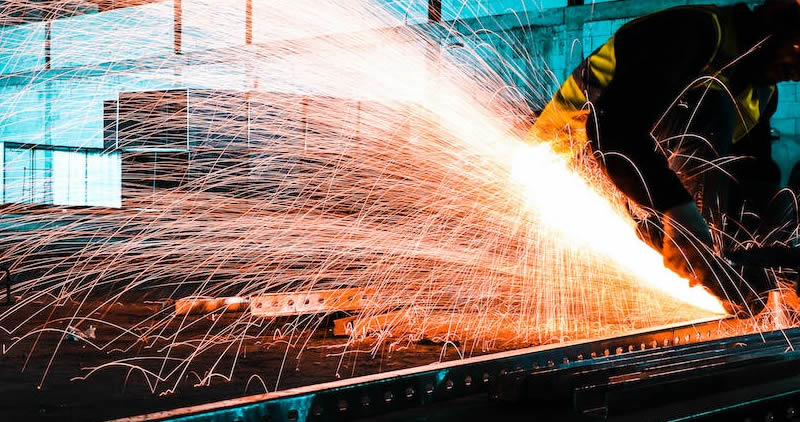In the intricate world of industrial manufacturing, achieving exceptional cut quality is a paramount goal. It is influenced by diverse factors affecting cut quality that must be carefully considered to ensure optimal outcomes. As manufacturers aim for precision and efficiency, understanding these factors becomes essential.
The term ‘cut quality’ refers to the precision and smoothness of a cut edge, and it is crucial in a variety of industries. From aerospace to automotive, ensuring that the cut is consistent and precise can significantly affect the performance and aesthetics of a product.

Material Properties Influencing Cut Quality
Material Type
The type of material being cut, such as metals, plastics, or composites, significantly impacts cut quality. Each material possesses unique characteristics that affect how it interacts with cutting tools. Carbon Steel Cutting provides insights into techniques for handling specific materials relevant research methods can further inform adjustments in cutting processes.
Material Thickness
The thickness of the material is another critical factor. Thicker materials often require more power and control, whereas thinner materials necessitate precision to prevent damage. Adjustments in technique are crucial for maintaining high-quality cuts across varying thicknesses.
Mechanical Factors
Tool Condition
A cutting tool’s sharpness and maintenance play a pivotal role in achieving desirable cut quality. Regular inspection and sharpening of tools can prevent ragged edges and ensure smooth cuts. Manual Cutting Tools offer insights on how using the right tools enhances quality.
Cutter Speed and Feed Rate
Optimizing cutter speed and feed rate is crucial for maximizing cut quality. Finding the right balance can prevent issues like overheating or tool wear. Adjustments depend on the material and desired finish.
Environmental Variables
Temperature and Humidity
Environmental conditions such as temperature and humidity can affect both material properties and equipment performance. Controlling these factors helps maintain consistency and improves cut quality.
Equipment Calibration
Regular equipment calibration ensures cutting machines perform accurately, minimizing errors and maximizing efficiency. Following Metal Cutting Safety Tips ensures safe and effective calibration processes.
Human Factors
Operator Skill
The skill level and experience of the operator have a direct impact on cut quality. Skilled operators are adept at making real-time adjustments and maintaining high standards. Continuous training programs can enhance operator proficiency.
Design Accuracy
Accurate design specifications are crucial for guiding the cutting process. Utilizing CAD Design tools helps translate designs into precise cuts, ensuring the finished product meets required standards.
Technological Advancements
Automation and CNC Technology
Automation and CNC (Computer Numerical Control) technologies offer increased precision and repeatability in cutting processes, enhancing overall cut quality. These technologies reduce human error and streamline production flows.
Laser and Plasma Cutting
Advanced cutting techniques like laser and plasma cutting provide higher precision and efficiency. Precision Metal Fabrication techniques demonstrate how these technologies elevate cut quality standards.

FAQs on Cut Quality
What is the impact of tool sharpness on cut quality?
The sharpness of the tool is directly proportional to the cut quality. A sharp tool ensures cleaner cuts, whereas dull tools can cause rough edges and inconsistencies.
How does material type affect the cutting process?
Different materials have distinct responses to cutting techniques. Metals, for example, might require cooling mechanisms, while plastics may necessitate specific temperature considerations.
Why is automation essential in modern manufacturing?
Automation enhances precision and consistency in manufacturing processes. It reduces human error and optimizes production efficiency, leading to superior cut quality.
Understanding the various factors affecting cut quality is essential for industries focusing on precision and efficiency. Manufacturers can achieve their goals by considering material properties, environmental conditions, and technological advancements. For further insights into minimizing errors and improving cut quality, visit Minimizing Burrs.
This article contains affiliate links. We may earn a commission at no extra cost to you.

